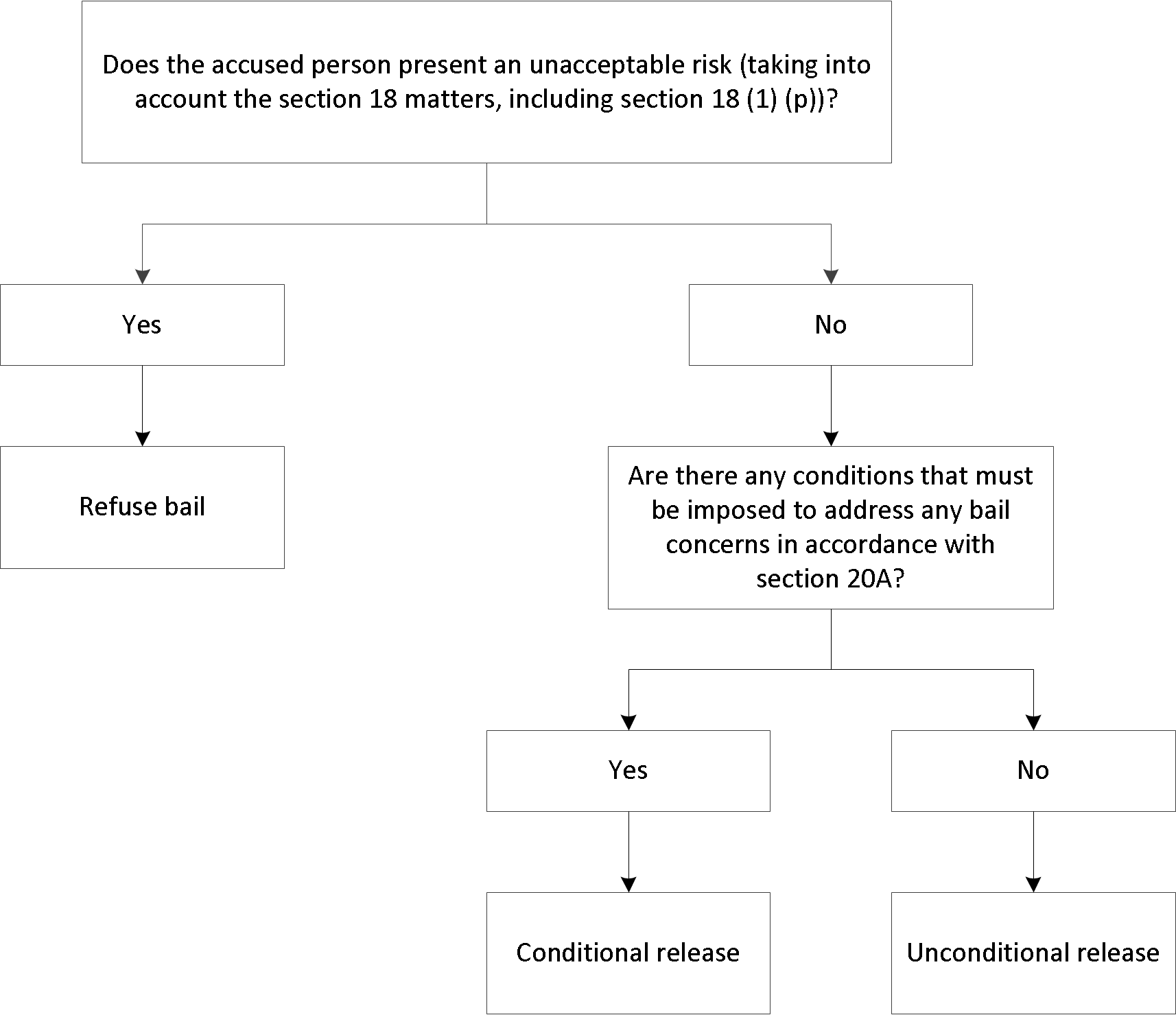
I’ve got a bail application. Something was said about show cause.
What do they mean?
If you or your legal representative have been asked to “show cause” when you appear at Court for your Bail Application, it means that you have to explain why your detention is not justified.
What happened to the presumption of innocence?
The presumption of innocence still applies if you are before a jury at a trial.
But if you are applying for bail, there is no longer presumption of innocence under the Bail Act 2013 when an accused person is required to show cause for certain serious offences.
What has changed?
Following amendments to the Bail Act in 2015, Section 16A contains the show cause provisions and Section 16B outlines the show cause offences.
There is no definition of show cause in the Bail Act.
In the case of M v R [2015] NSWSC 138, there were three grounds relied on to establish “cause”:
the applicant’s need to be free in order to prepare for the trial and the length of time that the applicant would spend in custody;
the complexity of the matter; and
the weakness of the Crown case,
Justice McCallum noted that the scheme of the Act suggests a two-step test:
The applicant must first show cause why their detention is “not justified”.
If that step is overcome, then the Court must apply the unacceptable risk test.
If the accused does not show that their detention is not justified, then bail will be refused. This means that in the case of certain serious offences, there is no second step required to gauge the risk if the accused is granted bail.
How does this work?
A large number of the cases that we have had requiring our client to show case have occurred where our client has breached bail conditions and reoffended.
Specifically, Section 16B offences to which the “show cause” requirement applies:
(h) a serious indictable offence that is committed by an accused person—
(i) while on bail (whether granted under this Act or a law of another jurisdiction), or
(ii) while on parole (whether granted under a law of this State or another jurisdiction)
Justice McCallum stated in M v R that “Having regard to the content of that requirement, it is difficult to conceive how an applicant could show cause without addressing any relevant bail concerns. The issue whether an applicant has shown cause in my view must inevitably be informed by the outcome of the risk assessment, since the Act contemplates that the detention of person who poses an unacceptable risk of the kind identified is justified. Conversely, it is difficult to conceive of a finding that an applicant had failed to show cause in circumstances where there was no unacceptable risk.” [Our emphasis]
Show cause requirement Flowchart 1

If the accused has “shown cause” that they should not be detained in jail, then the Court must determine whether the accused presents an unacceptable risk.
This involves looking at the seriousness of the charges that the accused is facing. The types of matters the Court looks at are found in section 18 of the ACT.
If the Court finds an unacceptable risk then the accused will be refused bail.
If not, the accused may be released without bail, have bail dispensed with, or granted bail with conditions applied.
Flowchart 2 Unacceptable Risk Test

Where to from here?
We have successfully represented a number of clients in ensuring that there bail application is accepted by the Courts.
Each case is decided on its own facts but the Court has a consistent approach that they will look at the seriousness of the matters outlined in section 18 and how they apply in your case.
Please contact us if you need help in applying to the Court.
This article is for information only and does not constitute legal advice.
